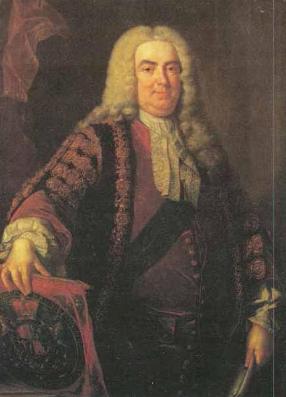Prime Path
| Time Limit: 1000MS | Memory Limit: 65536K | |
| Total Submissions: 14539 | Accepted: 8196 |
Description
 The ministers of the cabinet were quite upset by the message from the Chief of Security stating that they would all have to change the four-digit room numbers on their offices.
The ministers of the cabinet were quite upset by the message from the Chief of Security stating that they would all have to change the four-digit room numbers on their offices. — It is a matter of security to change such things every now and then, to keep the enemy in the dark.
— But look, I have chosen my number 1033 for good reasons. I am the Prime minister, you know!
— I know, so therefore your new number 8179 is also a prime. You will just have to paste four new digits over the four old ones on your office door.
— No, it’s not that simple. Suppose that I change the first digit to an 8, then the number will read 8033 which is not a prime!
— I see, being the prime minister you cannot stand having a non-prime number on your door even for a few seconds.
— Correct! So I must invent a scheme for going from 1033 to 8179 by a path of prime numbers where only one digit is changed from one prime to the next prime.
Now, the minister of finance, who had been eavesdropping, intervened.
— No unnecessary expenditure, please! I happen to know that the price of a digit is one pound.
— Hmm, in that case I need a computer program to minimize the cost. You don't know some very cheap software gurus, do you?
— In fact, I do. You see, there is this programming contest going on... Help the prime minister to find the cheapest prime path between any two given four-digit primes! The first digit must be nonzero, of course. Here is a solution in the case above.
1033The cost of this solution is 6 pounds. Note that the digit 1 which got pasted over in step 2 can not be reused in the last step – a new 1 must be purchased.
1733
3733
3739
3779
8779
8179
Input
One line with a positive number: the number of test cases (at most 100). Then for each test case, one line with two numbers separated by a blank. Both numbers are four-digit primes (without leading zeros).
Output
One line for each case, either with a number stating the minimal cost or containing the word Impossible.
Sample Input
3 1033 8179 1373 8017 1033 1033
Sample Output
6 7 0
题意: 输入多组数据,每组数据包括两个四位素数1033 8179,每次只改变四位数中的一位并且改变后的数也为素数,从1033到8179有6部。没有路径则输出Imbossiblei。
做法: 这是一个40端口的bfs不过剪枝之后就没有40入口了,入口数远小于40
无论是判定素数还是搜索素数,首先排除偶数,这样就剪掉一半枝叶了
判断素数用根号法判断,
如果一个数X不能被 [2,√X] 内的所有素数整除,那么它就是素数
可以判断的复杂度降到logn
注意:千位的变换要保证千位不为0
其实素数也是用来辅助搜索剪枝的#include <iostream>#include <stdio.h>
#include <queue> #include <string.h> using namespace std; const int MAX=10000; int dis[MAX],str[4]; bool vis[MAX]; bool just(int n) { for(int i=2; i*i<=n; i++) { if(n%i==0) return 0; } return 1; } int bfs(int star,int ends) { int y; memset(vis,0,sizeof(vis)); memset(dis,0,sizeof(dis)); queue<int> q; q.push(star); vis[star]=1; if(star==ends) return 0; while(!q.empty()) { int x=q.front(); q.pop(); str[0]=x/1000; str[1]=x/100%10; str[2]=x/10%10; str[3]=x%10; for(int i=0; i<4; i++) { int h=str[i];//注意这里记住这个str[i]; if(i==0) for(int j=1; j<10; j++) { str[i]=j; y=str[0]*1000+str[1]*100+str[2]*10+str[3]; if(!vis[y]&&just(y)) { q.push(y); vis[y]=1; dis[y]=dis[x]+1; if(y==ends) return dis[y]; } } else for(int j=0; j<10; j++) { str[i]=j; y=str[0]*1000+str[1]*100+str[2]*10+str[3]; if(!vis[y]&&just(y)) { q.push(y); vis[y]=1; dis[y]=dis[x]+1; if(y==ends) return dis[y]; } } str[i]=h;//在这里返回去;
} } return -1; } int main() { int t,star,ends; scanf("%d",&t); getchar(); while(t--) { scanf("%d%d",&star,&ends); int s=bfs(star,ends); if(s!=-1) printf("%d ",s); else printf("Impossible "); } return 0; }